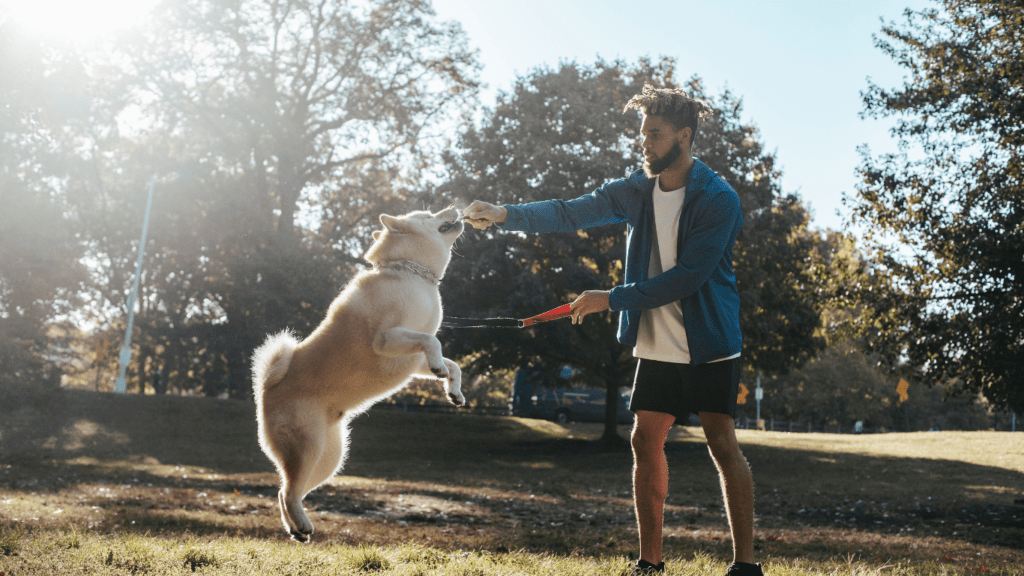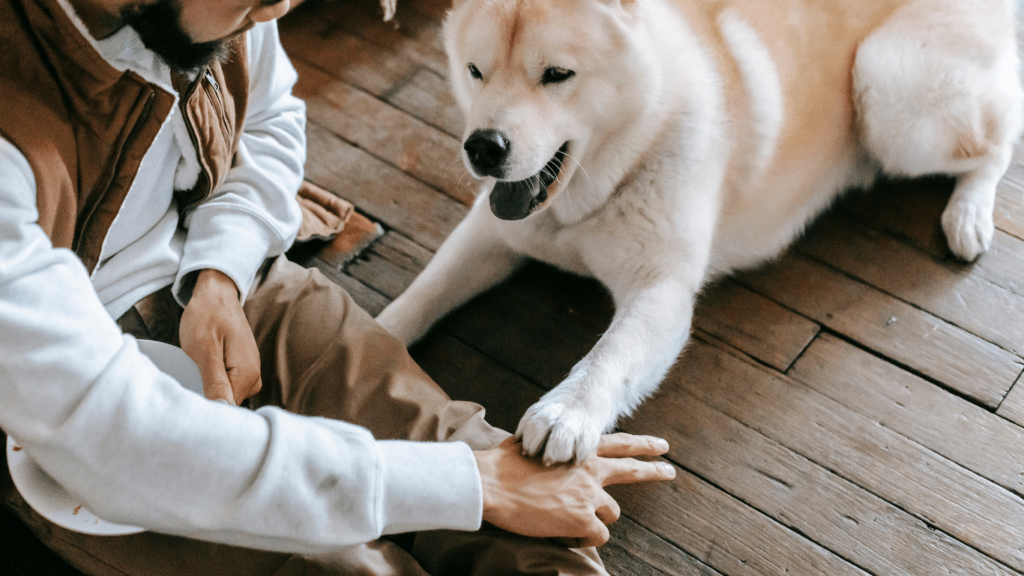Being a busy pet owner doesn’t mean compromising on your furry friend’s training. In today’s fast-paced world, finding time for pet training can be challenging, but with the right strategies, it’s possible to achieve great results in minimal time. As a seasoned pet owner myself, I understand the importance of efficient training methods that fit into a hectic schedule.
In this article, I’ll share practical training tips tailored for busy pet owners looking to maximize results without dedicating hours each day. From quick training exercises to effective communication techniques, I’ll cover strategies that prioritize quality over quantity.
By implementing these time-saving tips, you can strengthen the bond with your pet and see noticeable improvements in their behavior, even with a packed schedule.
Importance of Training for Pet Owners
Training my pets is essential for their well-being and our relationship. As a busy pet owner, finding time to train my furry friends is not always easy. However, I’ve learned that investing even a few minutes a day into training can make a significant difference in their behavior and overall happiness.
Consistent training helps establish boundaries, communication, and trust between me and my pets. It allows us to understand each other better, leading to a harmonious coexistence.
Training also provides mental stimulation for my pets, keeping them engaged and preventing boredom-related behavioral issues.
Moreover, training sessions are opportunities for bonding and strengthening our connection. The time I spend training my pets is quality time together, building a stronger bond that transcends mere companionship.
It’s incredibly rewarding to see the progress they make through consistent and structured training sessions.
Training is not just a task to check off my list as a pet owner; it’s a crucial activity that enhances the well-being of my pets and enriches our relationship. By prioritizing training in my busy schedule, I am investing in a happier and healthier life for both my pets and me.
Incorporating Quick Training Sessions into Daily Routine
When it comes to fitting training into a busy schedule, utilizing short breaks effectively can be a game-changer. As a busy pet owner, I find that taking advantage of these brief moments throughout the day can add up to significant training progress. Whether it’s a quick recall practice when taking a coffee break or a brief focus exercise during a work break, every short session counts.
Utilizing Short Breaks Effectively
- Utilize Short Breaks:
Use brief breaks between tasks to engage in quick training exercises with your pet. - Practice Basic Commands:
Integrate basic commands like sit, stay, or heel into these short intervals for effective training.
These short bursts of training not only reinforce good behavior but also keep my pet mentally stimulated throughout the day.
Implementing Training During Daily Activities
Incorporating training into daily activities is another efficient way to ensure regular practice. Whether it’s incorporating training commands during a walk, mealtime, or playtime, every moment can become an opportunity for training.
By integrating training into these daily routines, I can maximize the results of each session without adding extra time to my schedule.
Maximizing Training Efficiency
To make the most of my training sessions as a busy pet owner, I focus on incorporating training into everyday activities. I find that integrating short training exercises into routines that I already follow helps optimize efficiency.
For example, during walks, I work on commands like “sit” or “stay” at street corners or before crossing roads. By using these moments effectively, I can reinforce good behavior without needing extra time.
During mealtime, I use training as a way to engage my pet mentally. Simple tasks like having my pet wait before eating or practicing commands like “leave it” with treats enhance our mealtime routine. This not only ensures my pet learns proper manners but also strengthens our communication and bond.
Another technique I employ is utilizing quick breaks throughout the day for short training sessions. Whether it’s a five-minute play break or a brief training session during commercial breaks, these moments are perfect for practicing commands, tricks, or behaviors.
By seizing these opportunities, I can maximize training effectiveness without disrupting my schedule.
In addition, I find that incorporating training games into playtime provides mental stimulation and fun for my pet. Interactive toys or activities that involve learning commands in a playful manner not only keep my pet entertained but also contribute to their overall well-being and development.
By integrating training seamlessly into my daily routine, I can achieve significant progress in my pet’s behavior and skills while strengthening our relationship. It’s all about finding those small pockets of time and making the most of them to create a well-rounded training experience for both me and my pet.
Balancing Training with Other Responsibilities
Incorporating pet training into a busy schedule is a manageable task that requires strategic planning and consistency. I find that by aligning training activities with existing daily routines, such as morning walks or evening playtime, I can maximize the effectiveness of each session without adding extra time commitments.
I often utilize quick breaks during the day, like incorporating a short training exercise while preparing my pet’s meals or during short play sessions. This approach allows me to provide essential mental stimulation for my pet while reinforcing positive behaviors consistently.
By integrating training games into playtime, I not only engage my pet but also strengthen our bond through interactive activities. These games serve as a fun way to teach new commands or reinforce existing ones, enhancing communication and mutual understanding between my pet and me.
I have found that by seamlessly weaving training into our everyday interactions, I can enhance my pet’s behavior and skills while fostering a harmonious relationship built on trust and effective communication.


 As a dedicated helper in building Animal Potty Care, Bella MacCarthy brings her expertise in pet training and behavior management to the platform. Her hands-on experience with a variety of pets has equipped her with the skills to develop effective resources and solutions for pet owners. Bella plays a key role in curating content that helps pet owners navigate the challenges of potty training and behavioral issues, ensuring that the platform remains a valuable tool for improving the lives of pets and their owners.
As a dedicated helper in building Animal Potty Care, Bella MacCarthy brings her expertise in pet training and behavior management to the platform. Her hands-on experience with a variety of pets has equipped her with the skills to develop effective resources and solutions for pet owners. Bella plays a key role in curating content that helps pet owners navigate the challenges of potty training and behavioral issues, ensuring that the platform remains a valuable tool for improving the lives of pets and their owners.